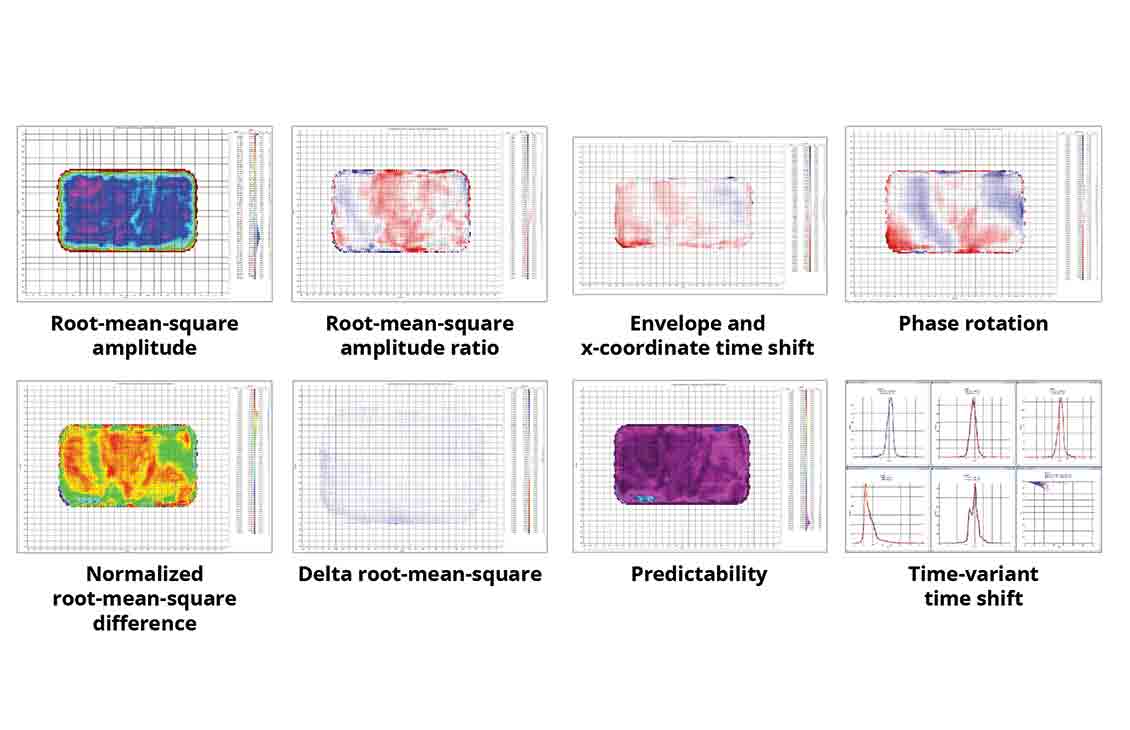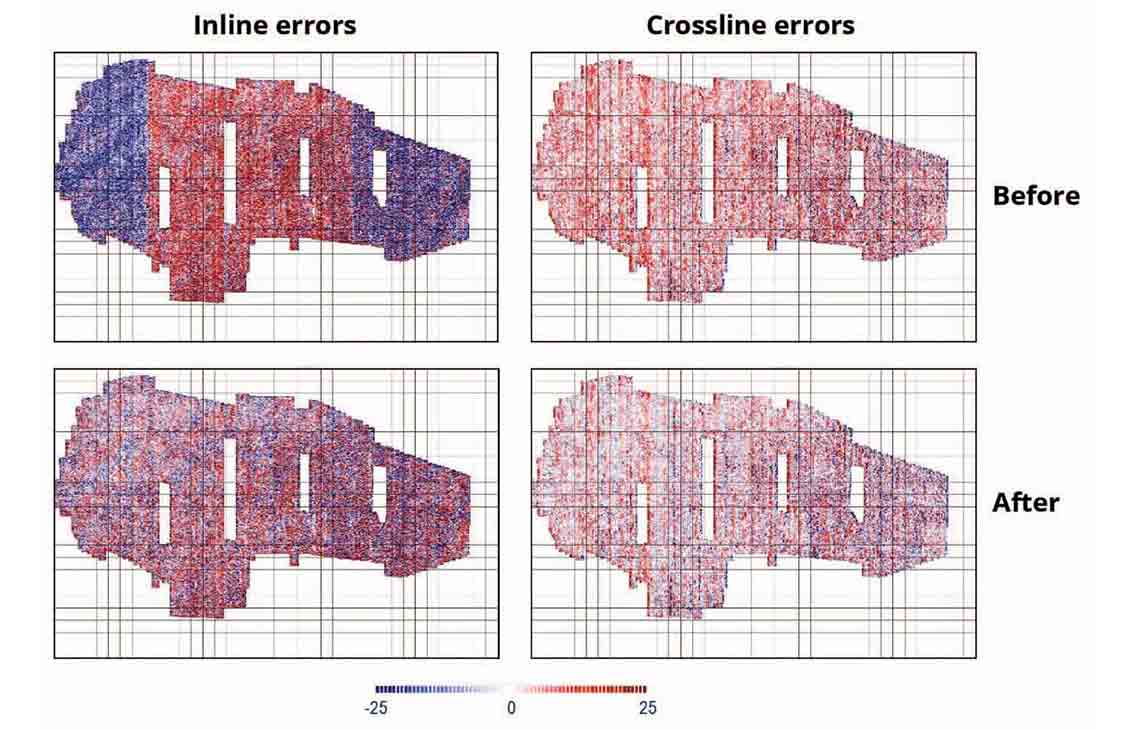Time-Lapse Seismic Processing
Monitor reservoir changes over time with high-quality, repeatable seismic data

Time-lapse seismic processing philosophy and approach
Efficient and accurate time-lapse seismic processing requires a clearly defined approach to identify and mitigate the acquisition-related variability that would otherwise obscure the reservoir changes. Our workflows incorporate algorithms built specifically for time-lapse processing, removing the effects of differing acquisition systems for optimal repeatability. Using mostly deterministic algorithms, we minimize the use of statistical matching processes, particularly where preservation of geomechanical effects are paramount. If deterministic algorithms cannot be used, simultaneous processing of the baseline and monitor surveys is often the key to ensuring stability and consistency.
Efficient processing of monitor survey data
Our workflows are designed, as possible, to ease application to subsequent monitor surveys. In many cases, a new monitor can be processed independently of the preceding surveys, further reducing processing turnaround time. Not only are your costs minimized, but the early availability of your data ensures that the monitor survey provides returns on your investment as quickly as possible.




